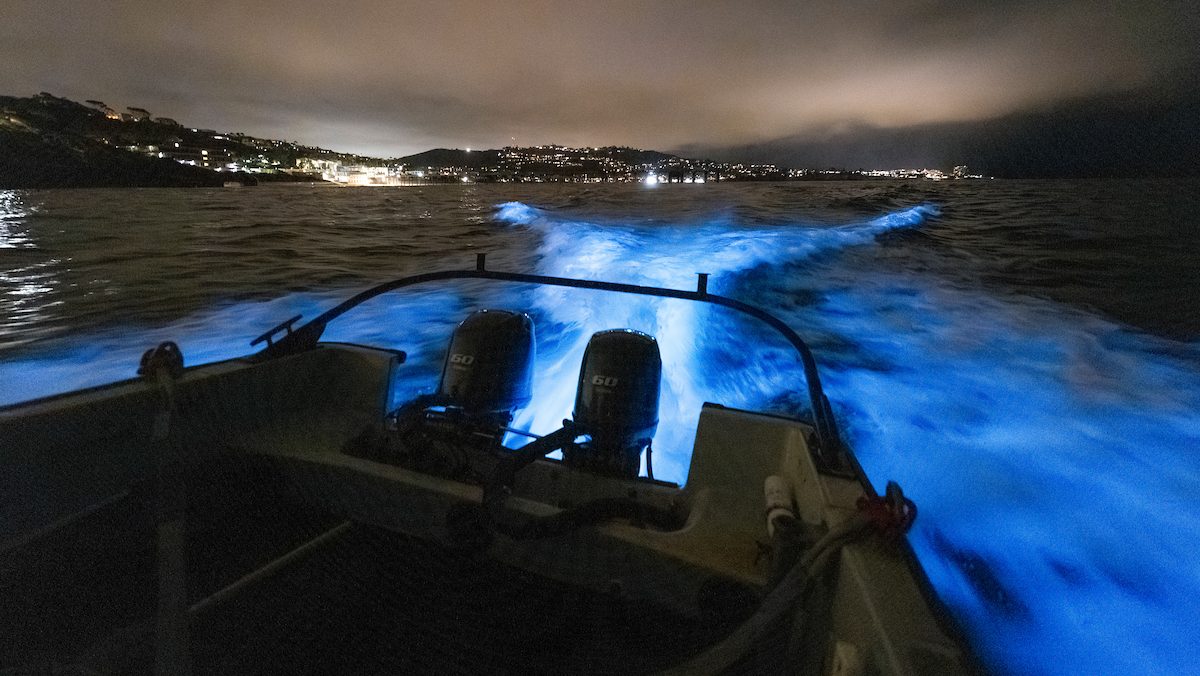The San Diego County Board of Supervisors voted 4-0 on Tuesday in favor of drafting an unsafe camping ordinance similar to ones recently passed in San Diego and Poway in efforts to curb homeless encampments.
Supervisors directed the chief administrative officer to draft an ordinance that "would allow law enforcement to prohibit and abate illegal encampments, remove improperly stored property on public property, and protect vacant property, such as the San Diego River corridor, from fire and pollution,'' according to information on Tuesday's agenda.
There is no timeline specified in drafting the ordinance, officials said.
Dozens of public commenters weighed in on the idea, with the overwhelming majority telling the board they were against it. While Supervisors Terra Lawson-Remer and Nora Vargas expressed some concern with the camping ban, they ended up supporting it.
Get San Diego local news, weather forecasts, sports and lifestyle stories to your inbox. Sign up for NBC San Diego newsletters.
During an hour-long public comment period, most speakers were opposed to any new ordinance. Erin Grassi of Alliance San Diego said the proposal is the most expensive and least effective way to end homelessness, makes it harder to access vital services and runs counter to a "housing first" policy.
She said the county could also lose funding from the U.S. Department of Housing and Urban Development.
"We are watching, and we will remember who stood up today for human rights and who does not," she added.
Local
San Diego resident Giorgio Kirylo was in support of the camping ban, which he described as a stop-gap measure focusing on security.
"The reality is that we have to try and do something," he said.
Supervisor Joel Anderson said one of his primary concerns was the fire risk from unsheltered people trying to stay warm and cook food in riverbeds and canyons.
"We're going to create a policy that makes sense — that reflects the fire danger — and that we're not allowing people to live in the riverbed and expose us to fire that's unnecessary," Anderson said on Tuesday. "I don't want to see them hurt and I don't want anybody in the surrounding area to be hurt."
Prior to the vote, Anderson had pushed the ordinance, saying it is necessary to handle an ongoing homelessness crisis.
"Although the county and its partners successfully cleared encampments such as the North Magnolia Avenue site in unincorporated El Cajon, the county enactment of an unsafe camping ordinance will provide another tool to help clean up similar encampments on a wider scale throughout the county's unincorporated communities," Anderson wrote in a letter to the board prior to the vote.
On June 13, the San Diego City Council approved an unsafe camping ban that prohibits tent encampments in all public spaces throughout the city if shelter beds are available.
It also bans tent encampments at all times in certain sensitive areas — parks, canyons and near schools, transit stations and homeless shelters — regardless of shelter capacity.
The council passed the controversial ordinance 5-4, with Mayor Todd Gloria and Councilman Stephen Whitburn being strong advocates. Critics argue it criminalizes homelessness and won't solve the greater causes of the social problem.
Those on the San Diego City Council who voted no on the ordinance were Council President Sean Elo-Rivera and his colleagues Kent Lee, Monica Montgomery Steppe and Vivian Moreno. The four also voted against the ordinance on its first reading on June 13.
Poway approved a similar ordinance in July, "allowing law enforcement to abate illegal encampments and remove improperly stored property." Santee made it illegal to have an ignition source in the San Diego River corridor and the cities of Encinitas, El Cajon and Chula Vista City Council are considering similar bans.
Anderson's proposal to the Board of Supervisors included "asking for support for direction to county staff to identify potential properties that could serve as regional homeless shelter solutions to help ensure the availability of shelter space to move those living in encampments and connect them with wrap-around services and a path to permanent housing," he wrote.
However, with a shortage of shelter beds and resources for the unhoused in the county, it's unclear where people could go in the interim between the ban and when there are enough beds for every individual.
In September, 1,930 people experiencing homelessness requested a shelter bed for the night, and all but 393 were turned away, according to the San Diego Housing Commission.
The number of people entering homelessness has outpaced those finding permanent shelter for more than a year. According to the Regional Task Force on Homelessness monthly reports, in September, 1,195 people in the region became homeless for the first time, while 776 people found housing.
Just because the board plans on drafting the ordinance does not mean there will be a countywide ban. It's worth noting that the board will take the issue up again at a future date once the ordinance has been formalized.
The item passed on Tuesday also called for county staff to explore additional sites on county land that could be utilized for safe-sleeping parking lots similar to the ones the city of San Diego has opened in Golden Hill and Balboa Park. The lots are important in providing shelter capacity so that the ordinance could be enforced if passed.



